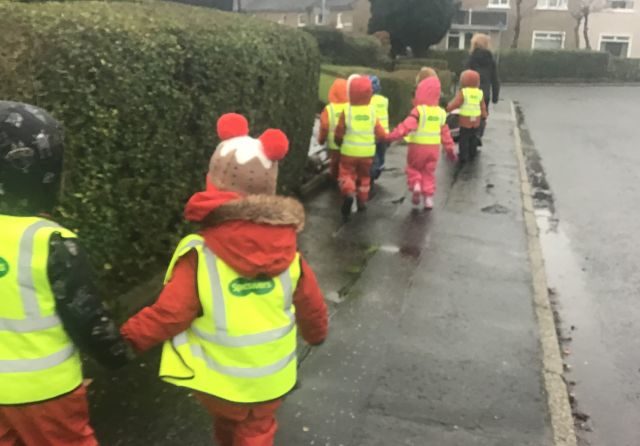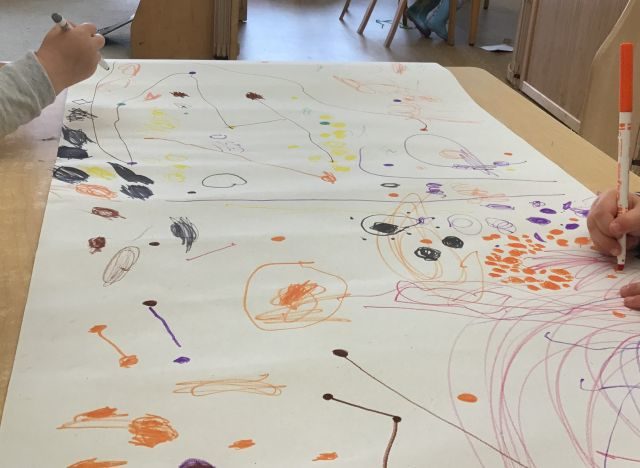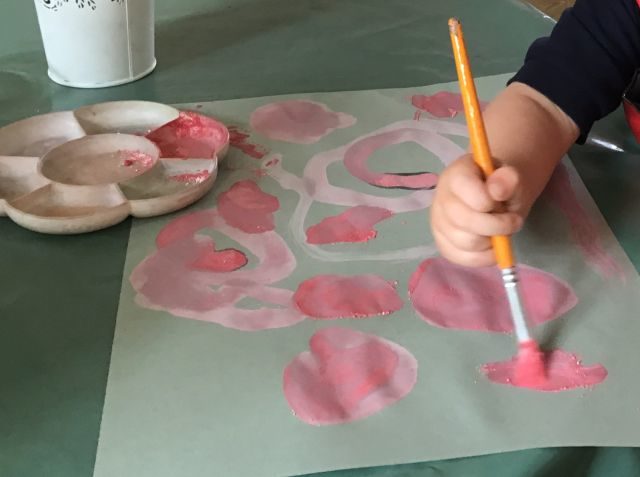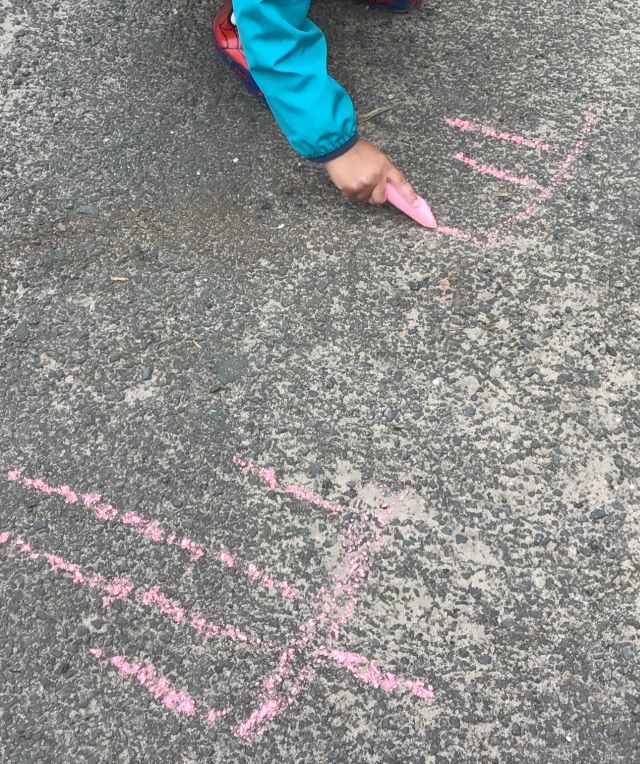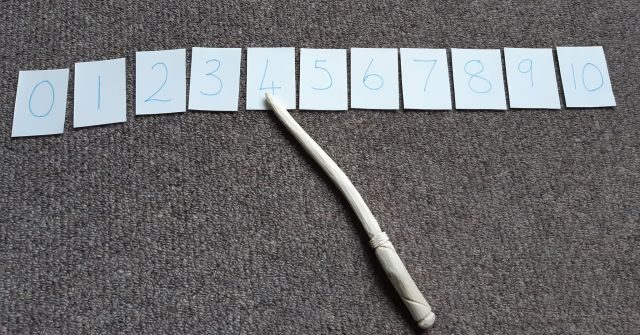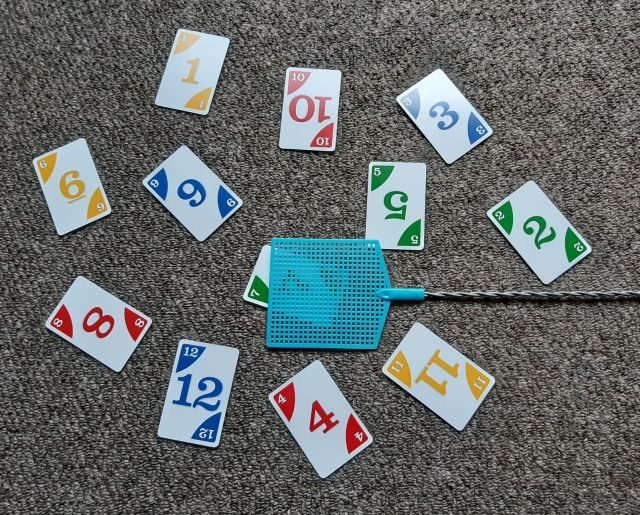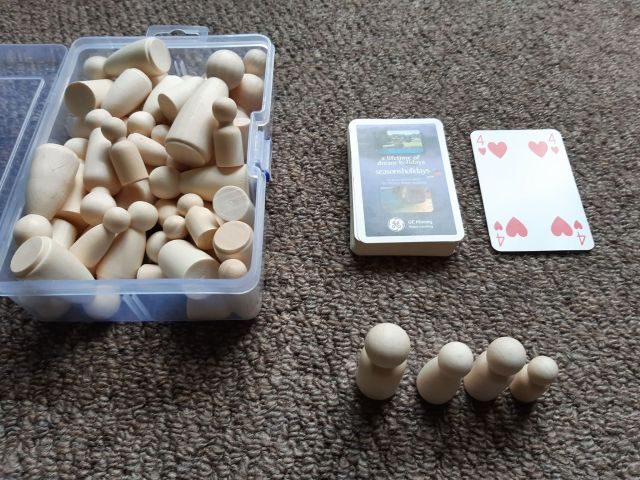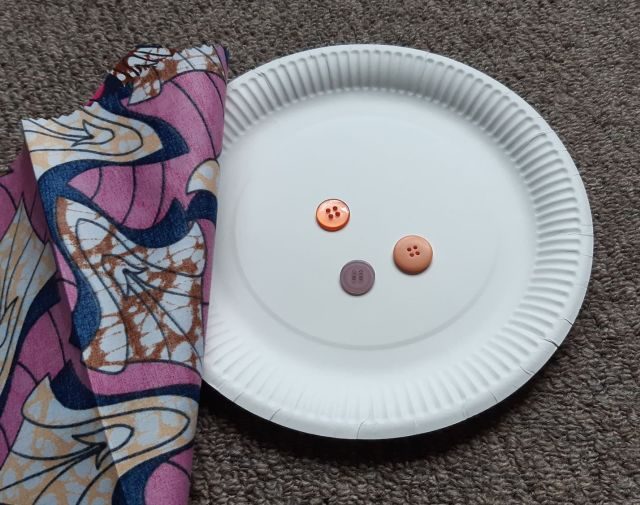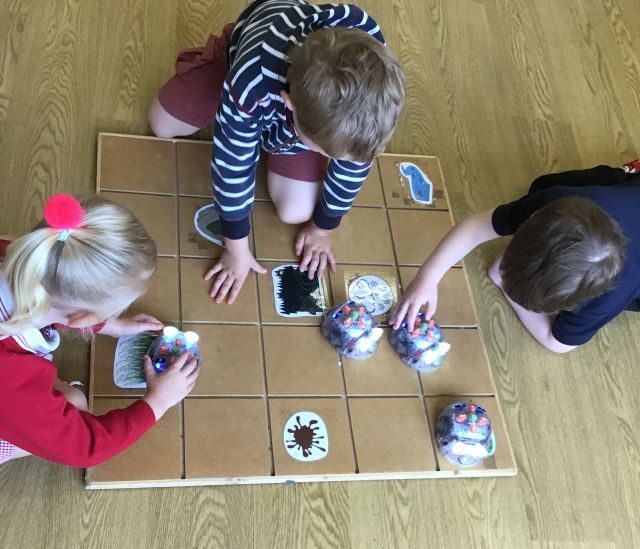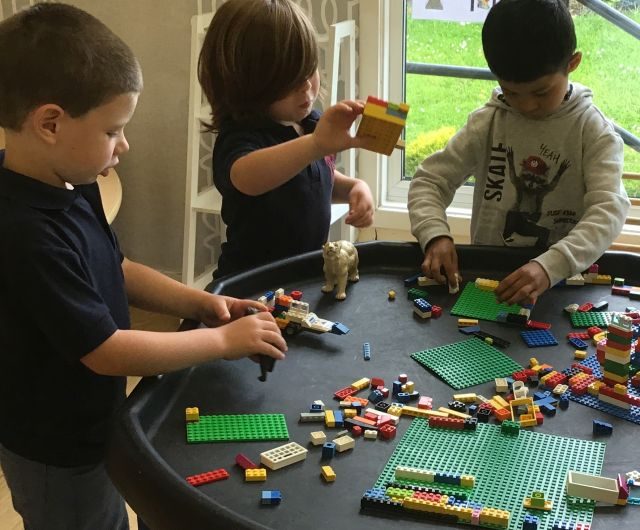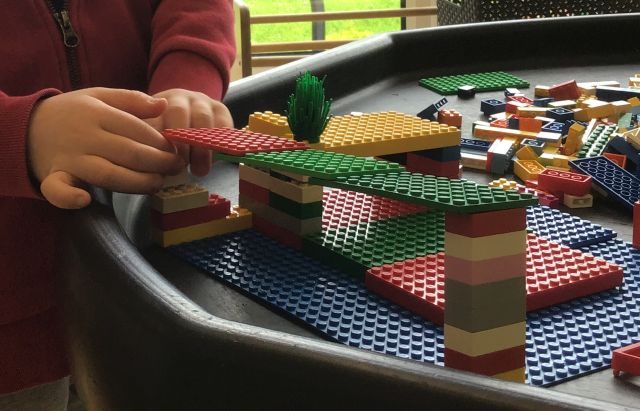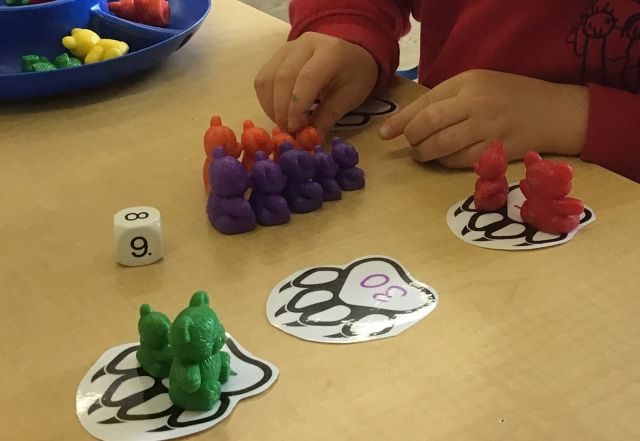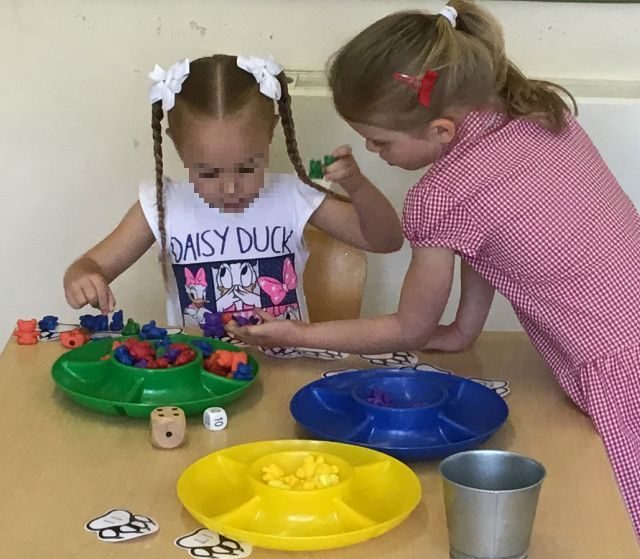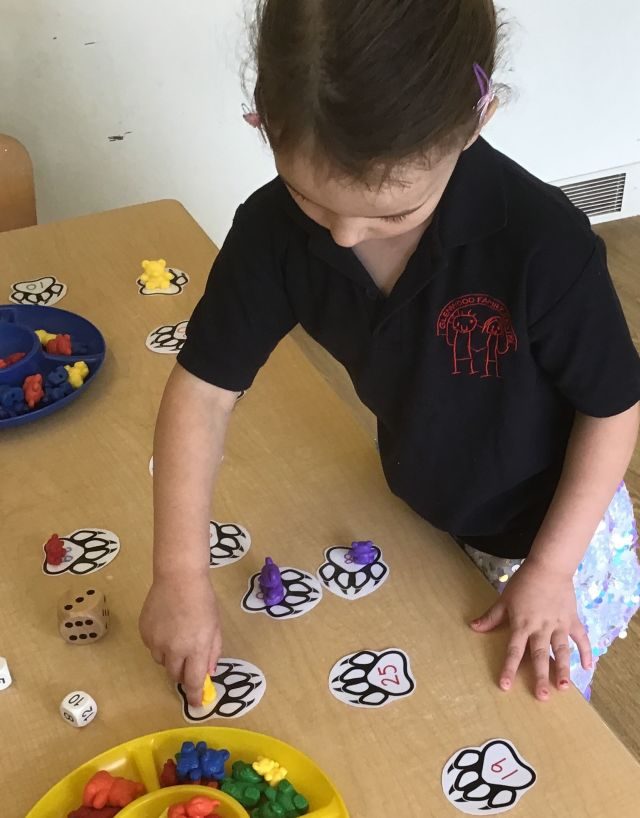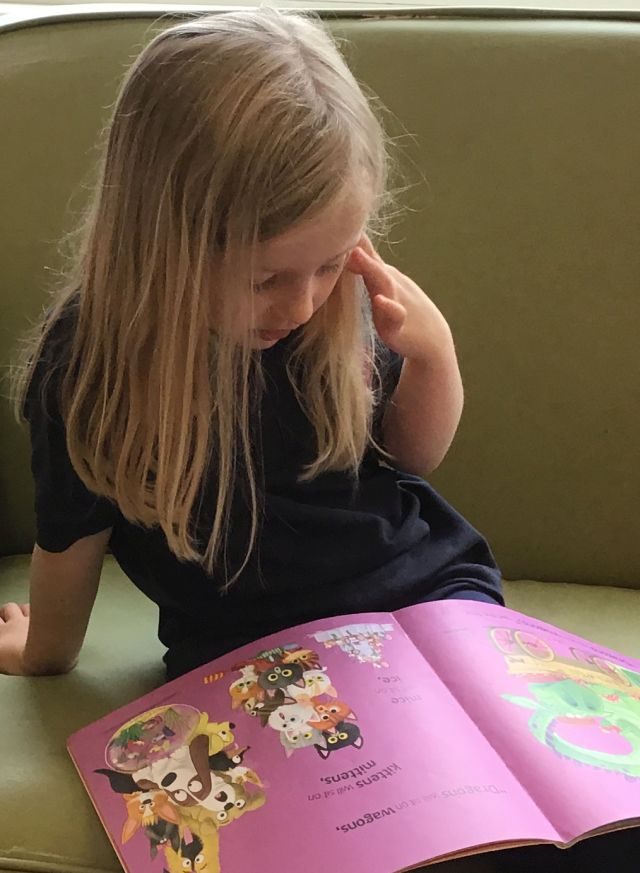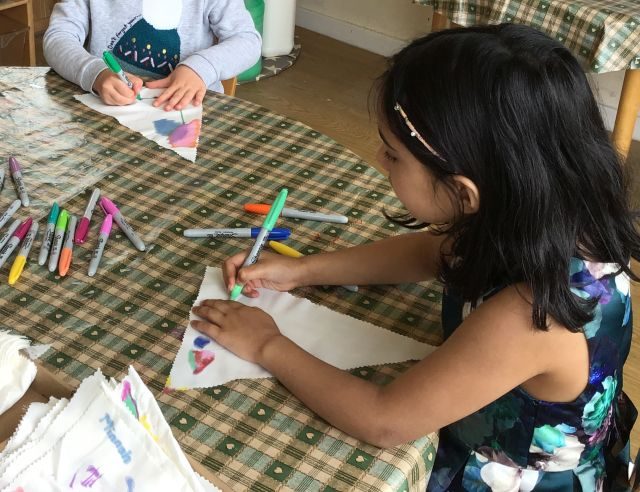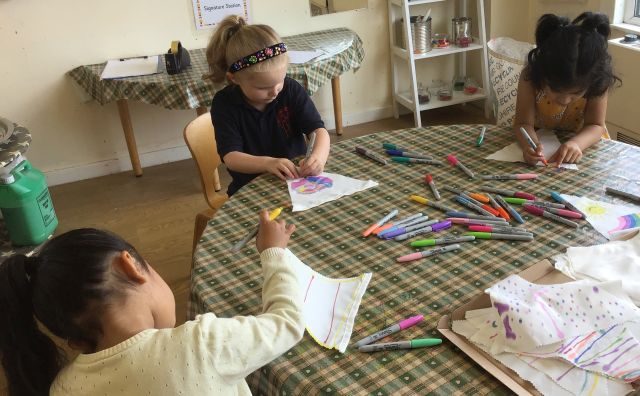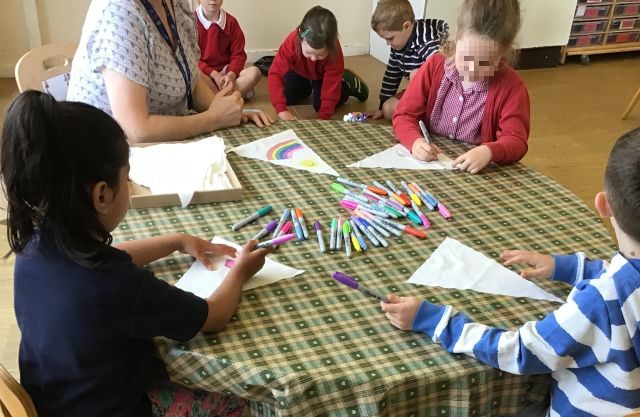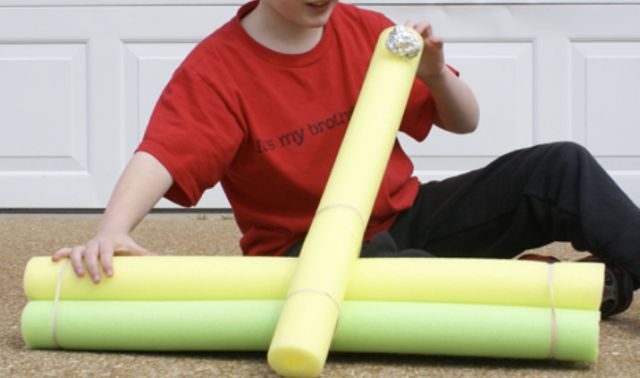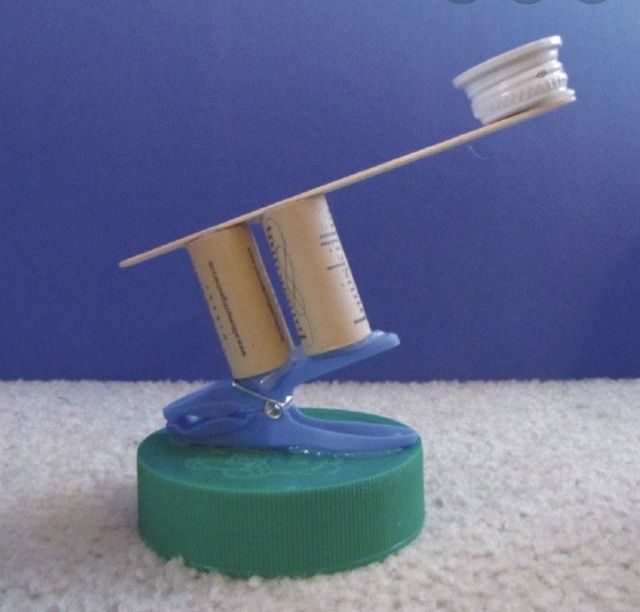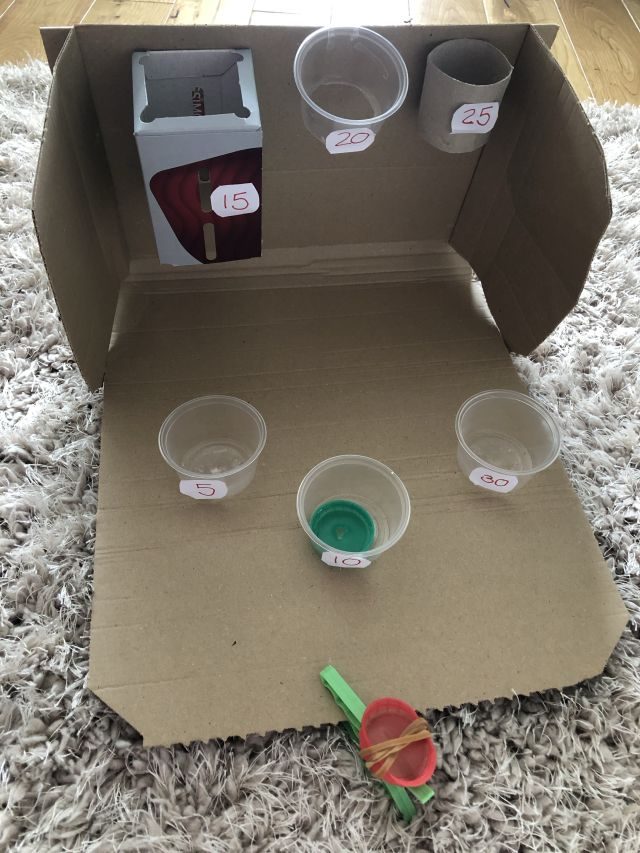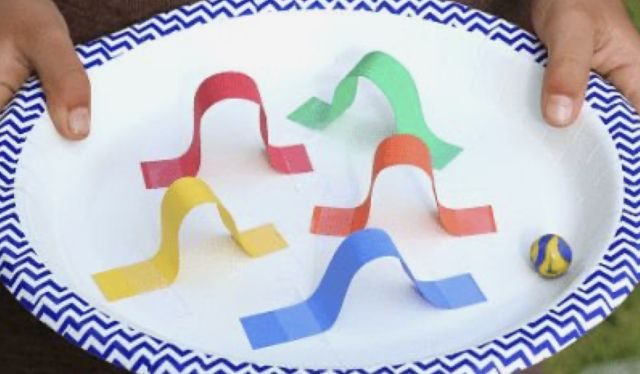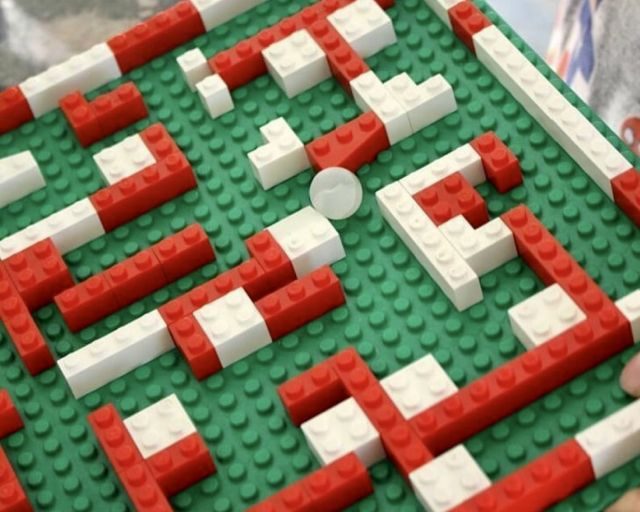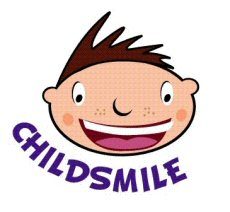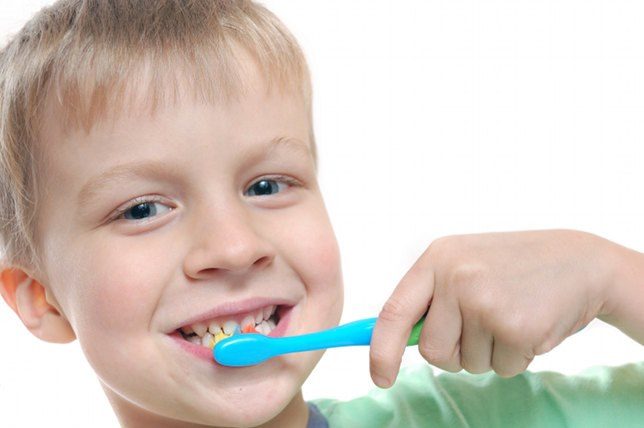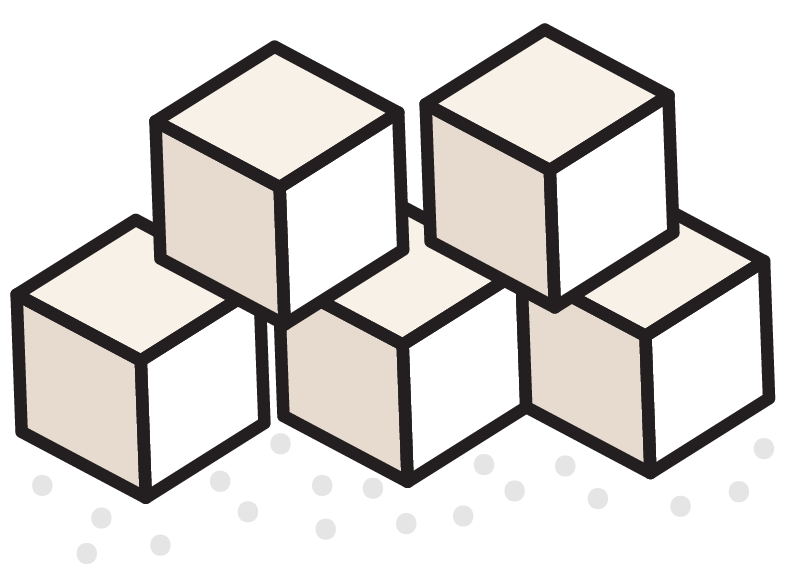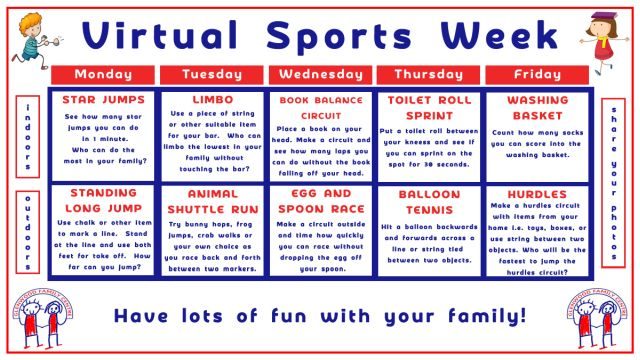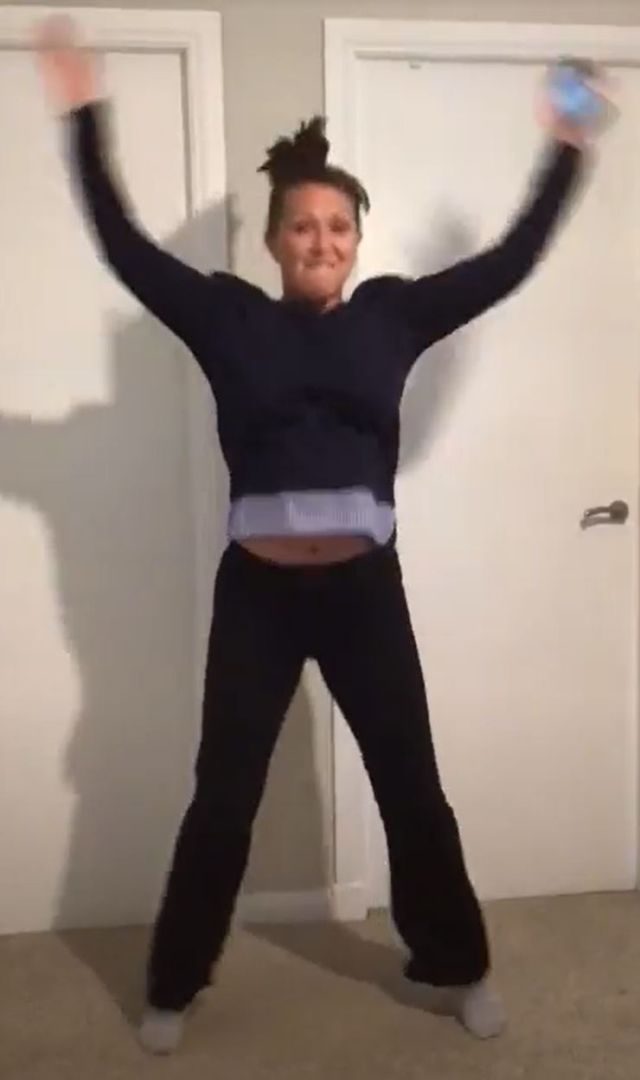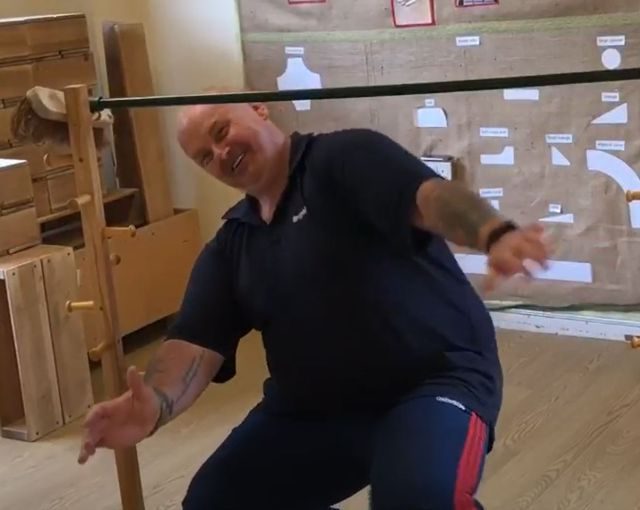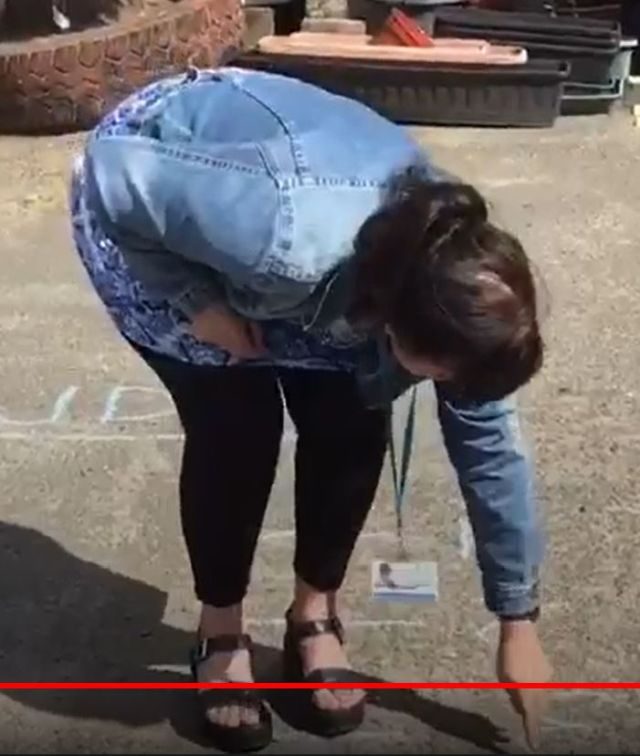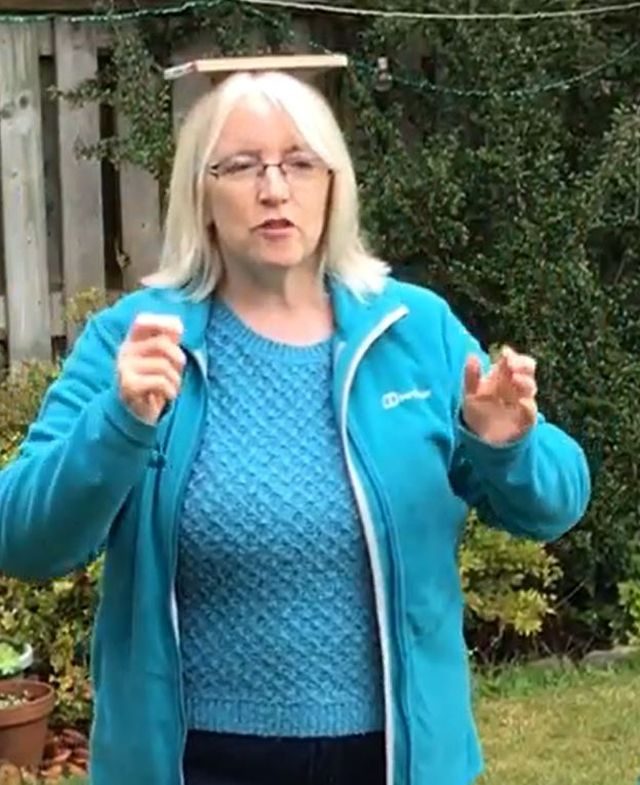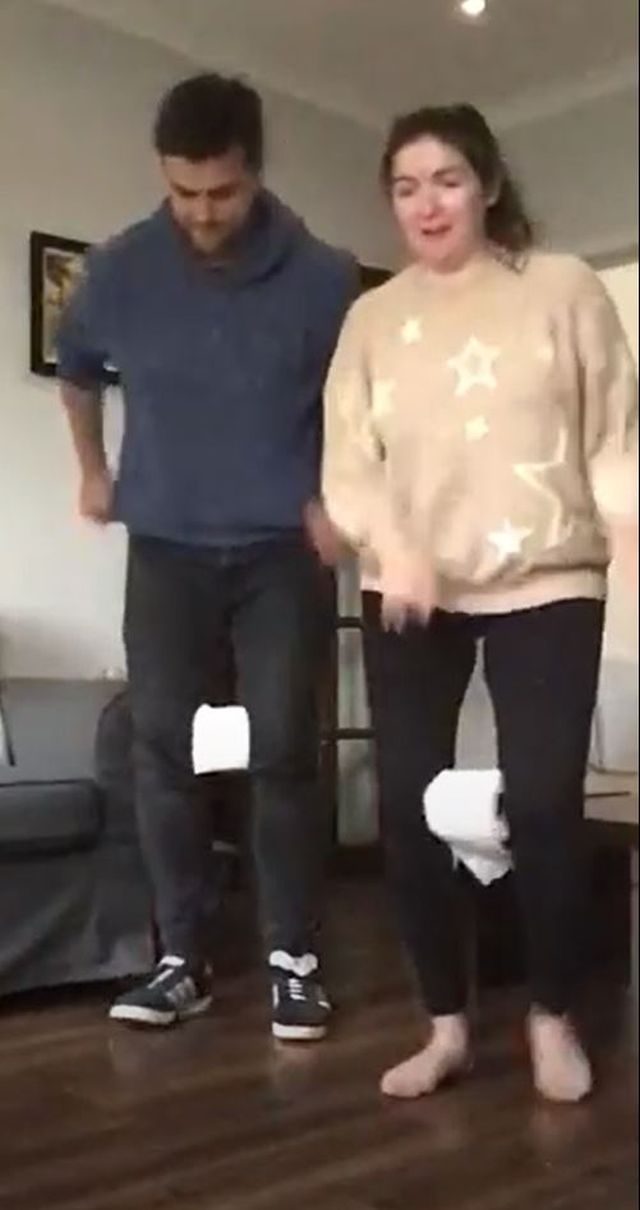A brief History of Storytelling
 Story telling is said to have been dated right back to 30,000 BC where cavemen would draw pictures on the wall of their cave showing a short series of events usually depicting their rituals of hunting. 1,000 BC Greek myths and legends came about, and then in 700 BC the first written story was printed.
Story telling is said to have been dated right back to 30,000 BC where cavemen would draw pictures on the wall of their cave showing a short series of events usually depicting their rituals of hunting. 1,000 BC Greek myths and legends came about, and then in 700 BC the first written story was printed.
Benefits of Storytelling
- Helps with understanding of social behaviour – telling right from wrong and teaching empathy.
- Develops language and communication.
- Improves listening skills.
- Encourages creativity and imagination.
- Promotes higher order thinking skills.
- Can helps understanding of difficult ideas and situations.
Ideas to try at home…
Helicopter Stories
Helicopter Stories is a way of creating stories with your children. As a parent you’re the scribe and write word for word your child’s story down. Then have a go at acting it out…let your child decide who plays which character and what props to use.
Find out more in Miss MacLean’s Helicopter Stories Blog here.
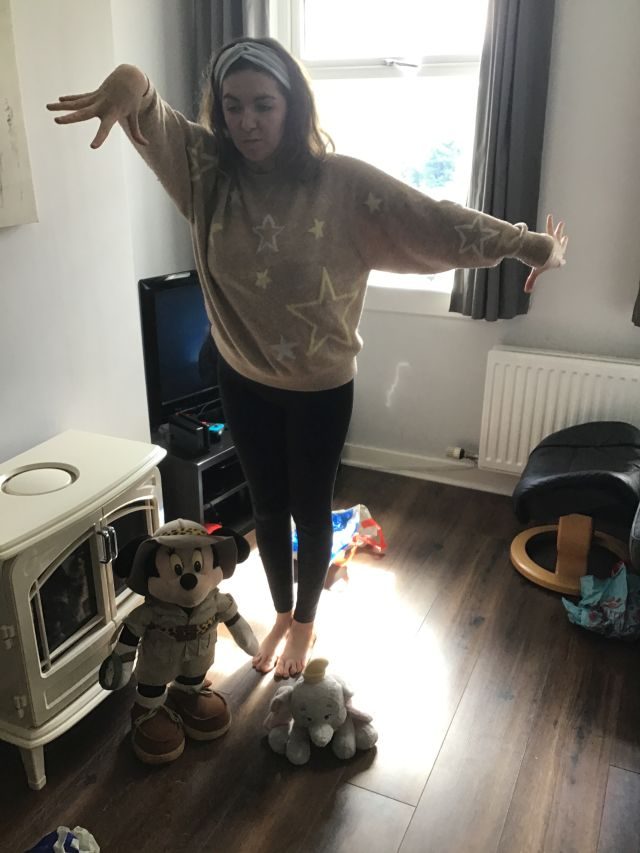
What’s in the bag?
All you need is a bag or a box filled with objects (can be anything you find around the house.) You then take turns with your child to take an object out and create a story around the object.
You could make up a station to go with the bag full of cuddly toys or dolls or toys that you could use to be the characters for your story.
This is a game that can have endless results and can be played repeatedly, as so many different stories could be told.

Hanen
In Nursery we use Hanen’s Abc and Beyond approach to develop early literacy skills. Find out more about how to turn stories into conversations in this Sway.
|
Listen to some stories together online
This ThingLink has links to many stories that you might like to share. Click on an icon to take you to the story…
We would love you to share your stories with us on Google Classroom or Twitter @GlenwoodFC #Glenwoodlearningathome

























































